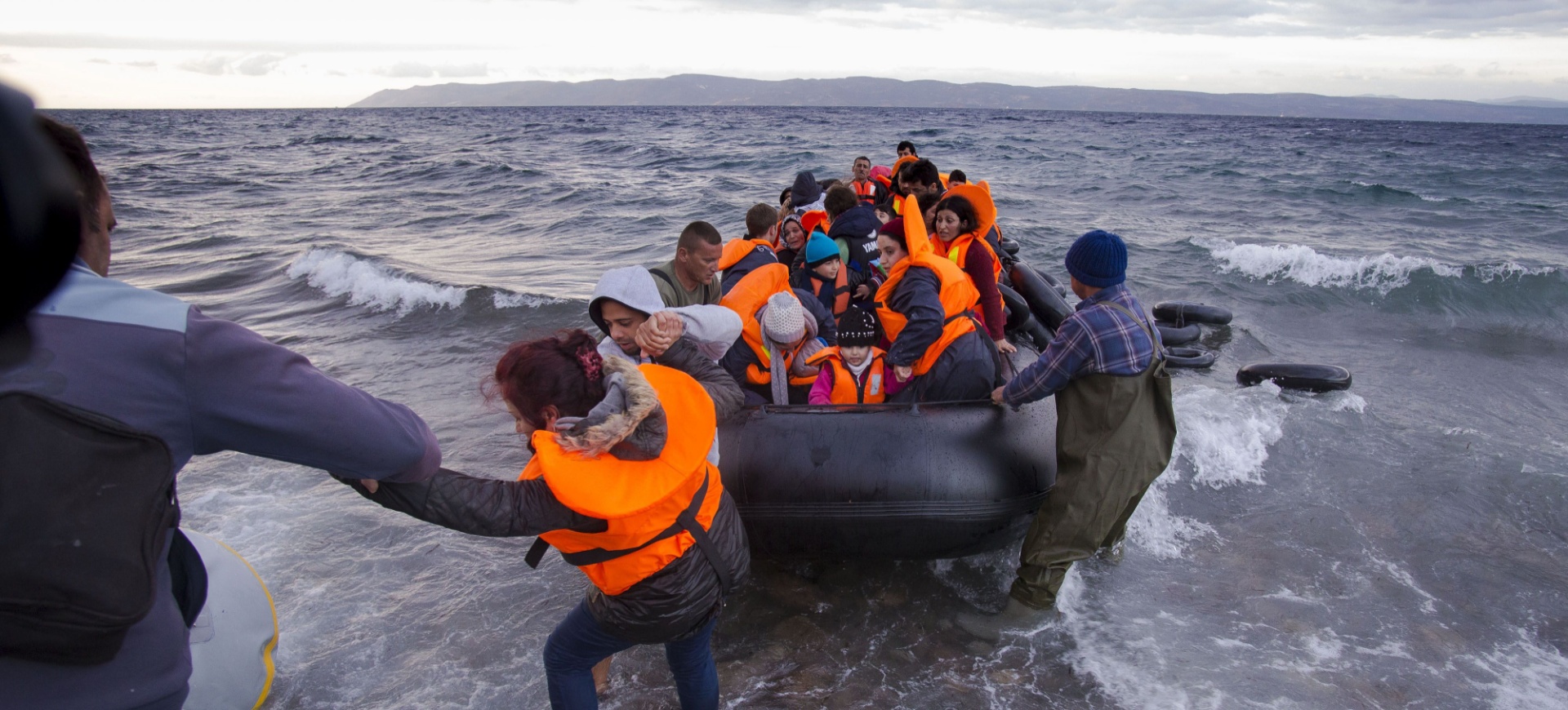An insurance policy against protectionism
With the onset of the global economic and financial crisis in 2008, fears of a return to the protectionist, beggar-thy-neighbour policies of the early 1930s quickly gained traction. Economic historians were quick to remind the world of the dangers of economic isolationism – politically attractive in the short term, but globally harmful in the long term. In the 1930s, governments responded to the prevailing crisis by throwing up trade barriers, such as the Smoot-Hawley Tariff Act in the United States, which pushed the world into an uncontrolled spiral of protectionism and allowed a recession to turn into the Great Depression. Between 1929 and 1933, retaliatory trade restrictions wiped out two-thirds of world trade.
Today, there is widespread agreement that protectionism is counterproductive. Faced with an economic downturn, the probability of governments resorting to protectionist policies that favour domestic producers always tends to increase. Politicians, under domestic pressure from trade unions and industry lobbies, may opt for policies that may appear to provide short-term benefits for their constituencies, but in reality end up hurting domestic consumers and damaging competitiveness.
If one looks back to the outbreak of the 2008 crisis, it is clear that many of the dangers of the tit-for-tat protectionist policies of the 1930s were present and real. However, although the value of world trade did fall, the decline was only a fraction of that seen in the pre-war years – and it rebounded immediately. In other words, instead of a protectionist panic, the response was one of restraint and caution. So what explains this different response to the crisis?
One key reason was the institutional setting that governs trade relations among countries, which has been consolidated with the establishment of the World Trade Organization (WTO). The WTO’s common and enforceable rules have provided governments with a framework of certainty and accountability, as well as the knowledge that any improper multilateral trade action could have significant legal and economic consequences. In other words, the WTO has served and continues to serve successfully as an insurance policy against protectionism.
Transparency and accountability
The role of the WTO today is much broader and includes negotiating and agreeing to global trade rules, monitoring adherence to those rules and helping to resolve disputes between countries when they arise. It is a system that seeks to promote transparency, predictability and accountability for governments and for businesses. The reduction of tariffs and other barriers to trade, and the elimination of discriminatory treatment in international trade relations through several rounds of multilateral negotiations have been and remain at the core of its functions. And here as well, the value of the multilateral trading system is clear. For example, exports have grown 35-fold since the Second World War, thanks largely to a reduction in average tariffs from around 40 per cent to four per cent under the auspices of the multilateral trading system, now embodied in the WTO.
In the aftermath of the 2008 economic and financial crisis, the WTO was requested to enhance its trade monitoring and surveillance function, so as to provide members with all the information needed to collectively prevent the risk of backsliding into protectionism. To this end, the WTO now produces monitoring reports twice a year that identify trends and developments in global trade policymaking. These monitoring reports are the latest addition to the surveillance toolbox that is overseen by the Trade Policy Review Mechanism (TPRM). Although the reports have confirmed that the overall trade policy response to the 2008 crisis has been significantly more muted than expected based on previous crises, they have also drawn attention to a number of worrying trends. For example, while WTO members are showing restraint with respect to the introduction of trade-restrictive measures, the accumulative stock of these continues to rise. Of the trade-restrictive measures introduced since 2008, fewer than 25 per cent have been eliminated. Similarly, a large number of behind-the-border measures are creating barriers to trade and are hurting businesses, in particular small and medium-sized enterprises.
This year, 2015, is an important one for the WTO. Over the past 18 months, members have sought to build on the new momentum generated by the last ministerial conference in 2013. After many years without multilaterally agreed outcomes, the success of Bali created a new determination to advance negotiations. At the centre of this was the Trade Facilitation Agreement. Once implemented, this agreement will help to cut red tape and streamline border procedures in all WTO member economies, and reduce the time and cost of trade operations worldwide. In fact, it is estimated that the agreement could cut the costs of trading in developed countries by up to 10 per cent. The overall benefits of the agreement have been estimated at up to $1 trillion a year. This could create 21 million additional jobs worldwide, the vast majority of which would be in developing countries. In an important and genuine reflection of today’s globalised and interconnected world, there was no developing-versus-developed world divide during the efforts to seal this agreement: everybody was involved in the negotiations and everybody wanted to deliver a successful outcome.
WTO members must now use this success as a springboard for the 10th ministerial conference in Nairobi, Kenya, this December. This is the first time that a WTO ministerial meeting will be held in Africa, and expectations are high that the WTO can finally end the impasse that has so long plagued its negotiating agenda. And look forward we must. The international trade agenda has changed considerably over the last 20 years, but the fact remains that few of the big challenges facing world trade today can be solved outside the global system. They are, in other words, global problems demanding global solutions and global rules.
So we need to be ambitious and bold. The world is looking to all WTO members to show resolve and deliver outcomes that have real economic importance. Moving the Doha Development Agenda forward is still going to be incredibly challenging and the political support of G7 leaders will be central to this task. It is, therefore, highly important that the G7 demonstrate the requisite leadership and commitment towards the successful conclusion of Doha and taking the multilateral trading system into the 21st century. This outcome is fundamental to solidifying a system that has proved its value as an insurance policy against protectionism.










